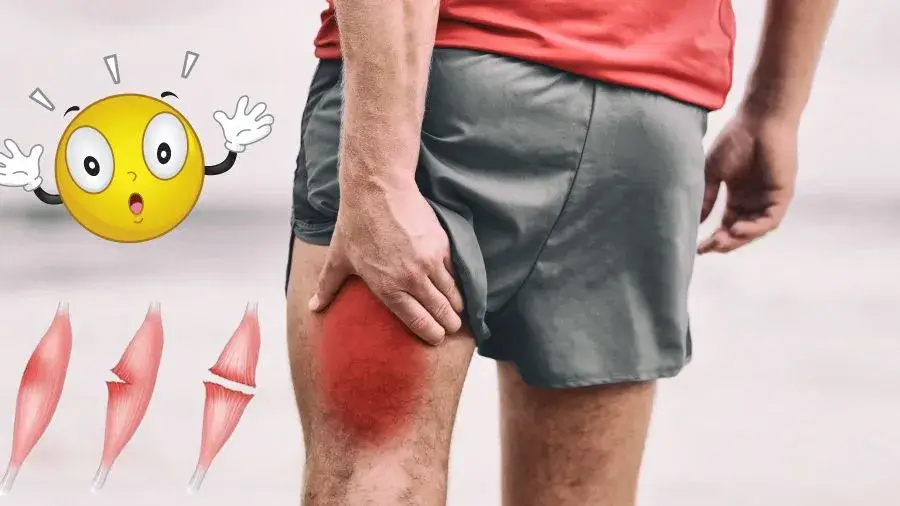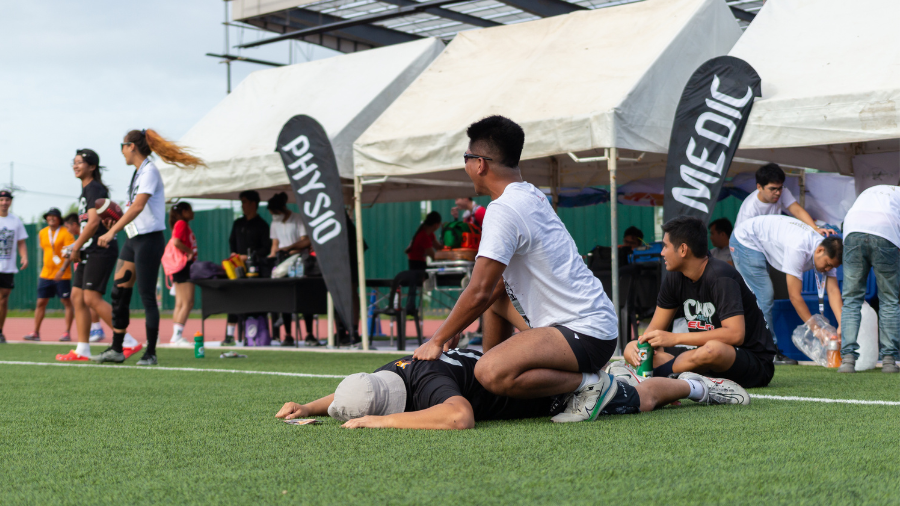Muscle strains are a common issue that many individuals encounter, often leading to discomfort and hindering daily activities. In this comprehensive guide, we will delve into the intricacies of muscle strains, exploring causes, symptoms, prevention, and effective treatment strategies.
Understanding Muscle Strains
Muscle strains, commonly known as “pulled muscles,” occur when muscle fibers are overstretched or torn. This can transpire during physical activities, sports, or even routine movements. Muscle strain is a term that encompasses various degrees of injury, ranging from mild to severe.
Causes of Muscle Strains
Several factors contribute to the onset of muscle strains. These include inadequate warm-up, overexertion, improper lifting techniques, or sudden, forceful movements. Understanding these causes is pivotal in developing preventive measures.
Recognizing the Symptoms
Identifying the symptoms of a muscle strain is crucial for prompt intervention. Symptoms may include pain, swelling, muscle spasms, and limited range of motion. If you experience these signs, it’s essential to seek appropriate medical guidance.
Prevention Strategies
Preventing muscle strains involves adopting proactive measures in your daily routine. Incorporating proper warm-up exercises, maintaining good posture, and gradually increasing physical activity can significantly reduce the risk of muscle strain.
Effective Treatment Approaches
In the event of a muscle strain, timely and appropriate treatment is imperative. Rest, ice, compression, and elevation (RICE) are standard practices. Seeking professional medical advice ensures a tailored approach to your specific condition.
Differentiating Between Muscle Strains and Sprains
While muscle strains involve damage to muscle fibers, sprains focus on ligaments. Ligaments are tissues connecting bones to each other. Understanding the difference is vital for accurate diagnosis and treatment.
Causes of Sprains
Similar to muscle strains, sprains can result from sudden movements, trauma, or overextension of joints. Recognizing the causes enables individuals to adopt preventive measures effectively.
RELATED: 5 Easy HIIT Exercises
Prevention Strategies for Sprains
Preventing sprains involves activities to enhance flexibility, strength, and joint stability. Proper warm-up, targeted exercises, and using protective gear during physical activities are integral components of a preventive approach.
Effective Treatment for Sprains
When dealing with sprains, immediate attention is paramount. Resting the affected area, applying ice, compression, and elevation, coupled with professional medical advice, form the cornerstone of an effective treatment plan.
Conclusion
In conclusion, understanding muscle strains is essential for maintaining overall well-being and preventing potential injuries. By incorporating preventive measures and adopting prompt and appropriate treatment strategies, individuals can navigate their daily activities with reduced risk and enhanced confidence.




